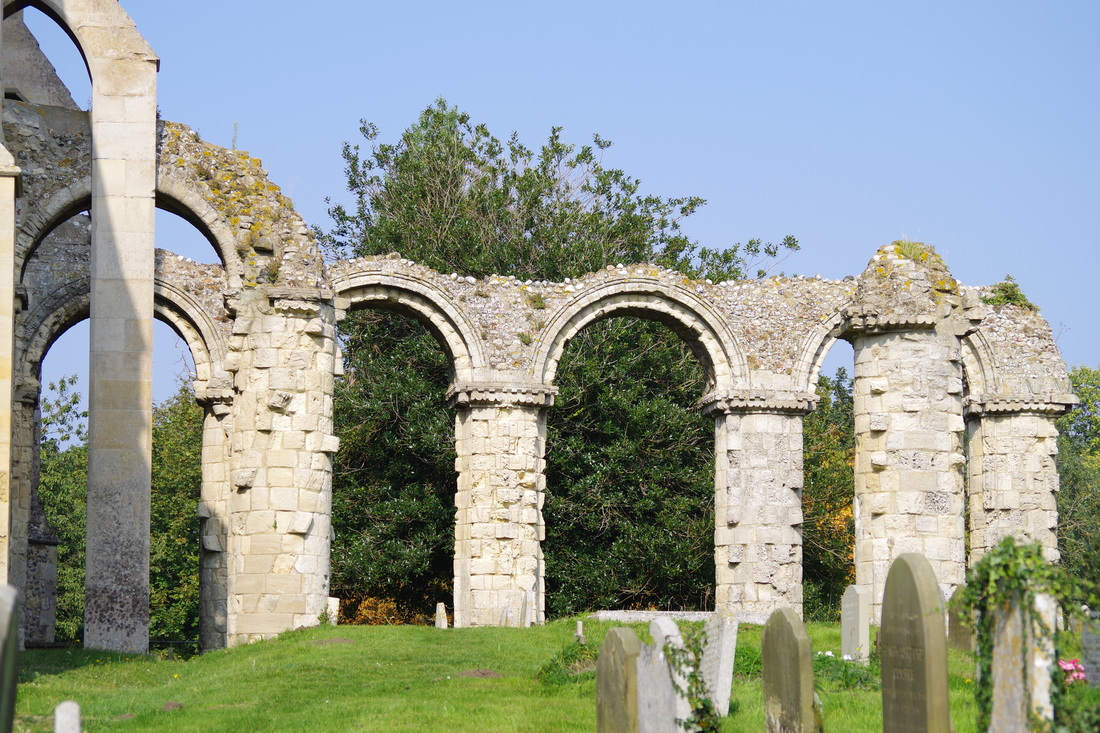|
In this latest post chronicling the writing of This Sacred Isle, I'll be looking at how I used description within the novel. I have to declare an interest – I love writing descriptive passages. Tiny, quirky details fascinate me, and for a novel such as This Sacred Isle, it was important to create a sense of a vivid, living, breathing world. I always try to use all the senses rather than simply giving a visual description of a scene; this gives a richer impression for the reader. As mentioned in the research post, where possible I like to visit locations pertinent to the story - just listening to the sounds of a location, or taking in the smells (pleasant or otherwise!) gives me a deeper connection, a deeper feeling of place. In This Sacred Isle, I wanted the landscape to almost be a character, for its moods and history to have an effect upon those who live there. For example, the following is a short passage from the book:
"They crunched over frozen dead leaves and bracken, disturbing birds feeding on the woodland floor. A red squirrel scampered up the nearest tree, startled by the unexpected intruders to its realm. Although dimmed by the cold of winter, the wood still assaulted Morcar’s senses with unfamiliar sounds, smells and sights: the rhythmic creaking of ice-stiffened branches; a jay’s screaming call; the moist, cloying smell of decomposing leaf litter. An eerie, echoing wolf-howl carried on the wind. The wood unnerved Morcar, he felt out of place, adrift in a world familiar on the surface, but with strange undercurrents." I made use of a colour palette within the story, to suggest move and subtle changes in the plot. For example, the story of This Sacred Isle begins in winter. This is very deliberate, as I wanted to suggest a world frozen in stasis – Morcar’s people are bound by their culture and a very specific worldview (as are many other characters we encounter in the book). In this part of the story I used (obviously!) a wintry palette of white, greys and browns. As the novel progresses, and Morcar’s experience broadens, we move through the seasons, which is not just a temporal sequence but is also designed to reflect movement within Morcar’s character and the effect his actions have on those around him. However, my love of descriptive writing carries an inherent risk! I have to be wary of my tendency to over-describe and drift into passages of longueur – as important as description is to the process of creating a novel, it should never slow the narrative. When editing my novel I cut most brutally any passages of description; they need to work very hard to convince me of their necessity. This sometimes means losing some sentences I favoured, but unless they served a narrative or character function, then it becomes hard to justify keeping them. It is a question of balance – the world I want to create within This Sacred Isle needs to be layered, with a ‘dirt beneath the fingernails’ realism combined with a sense of mysticism. This requires moments of detailed description but at the same time I need to drive forward the narrative and shape a compelling, page-turning tale for the reader. Did I get the balance right? Mostly I think so, hope so, but I guess it is only the reader who can judge. How do you approach descriptive writing? What kind of descriptive writing do you love to read? Post a comment and join the conversation...
0 Comments
Leave a Reply. |
Archives
October 2023
Categories
All
|

 RSS Feed
RSS Feed